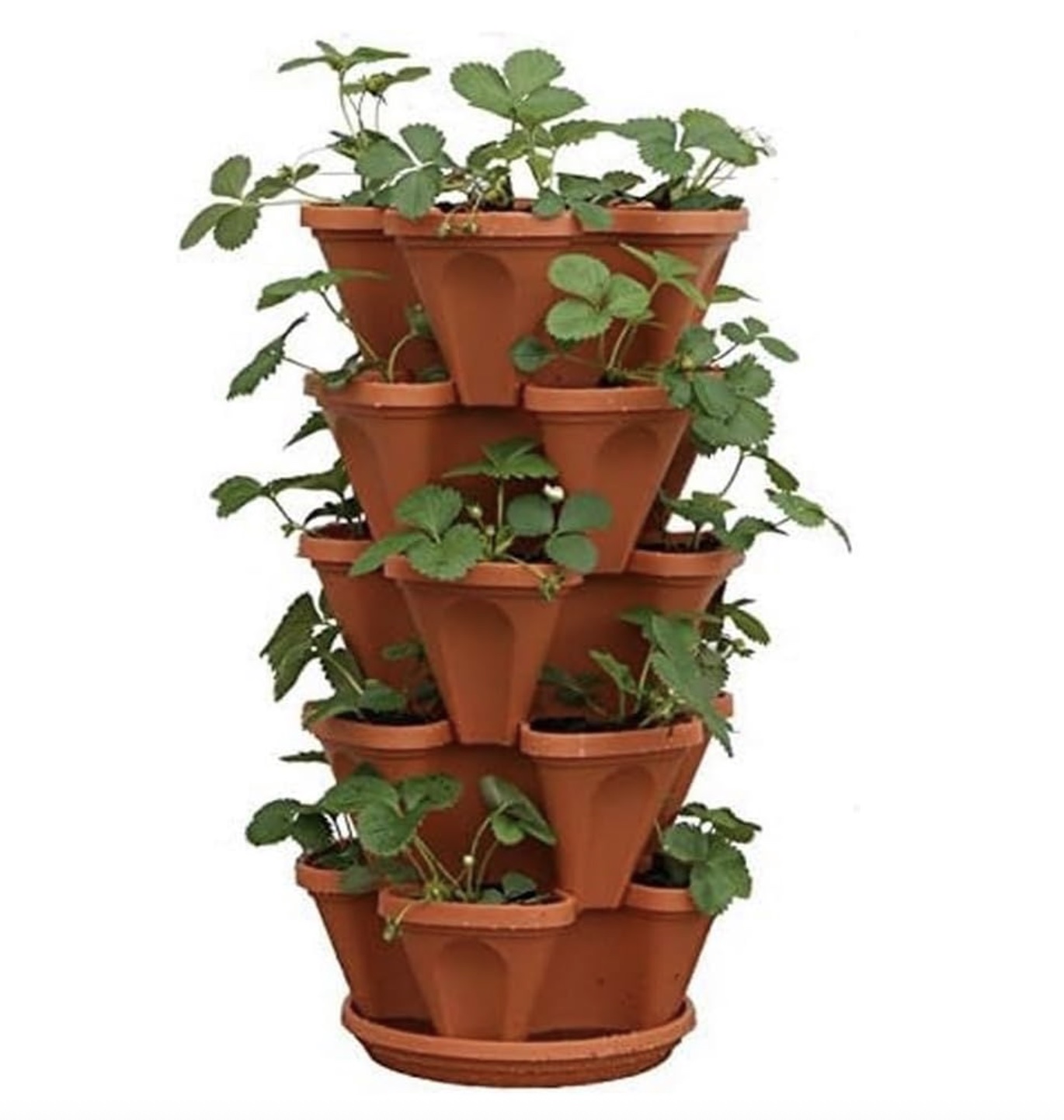Extend The Strawberry Harvest Season into Fall – 5 Easy Ways To Bring on the Berries for Longer!
While strawberries are synonymous with summer, there are ways to make harvests last for longer. Here are 5 ideas on how to extend the strawberry harvest season into fall


Strawberries are the ultimate summer fruit to grow in the home garden. Just seeing those pretty, juicy berries nestling in raised beds and garden borders seems to signal one of the genuine pleasures of the season. It can be hard seeing the plant once you have picked the first strawberry fruits, especially if you’ve waited a while for that juicy payload. But that doesn’t mean the harvest has to end once August draws to a close.
Many strawberry plants are capable of producing fruit well into the fall, and if you are willing to think creatively, it is possible to eke a little more fruiting potential out of your homegrown strawberry plants so you can harvest fruits for longer. Here’s how to extend the strawberry harvest season so you can enjoy them well into fall – and possibly even winter.
5 Ways to Extend the Strawberry Harvest Season
There are a few approaches to enjoying sweet berries longer, although there are a few aspects to this that will vary in accordance with your growing region, hardiness zone, growing method and strawberry varieties. The good news is that if you are willing to keep a close eye on both the means and the quality of your strawberry growing, you can make the strawberry harvest season last longer.
You can also store your harvest in a way that allows you to enjoy garden berries even after the growing season is winding down. Here’s how to get more strawberries to grow for an extended harvest.
1. Choose a Mix of Berry Varieties
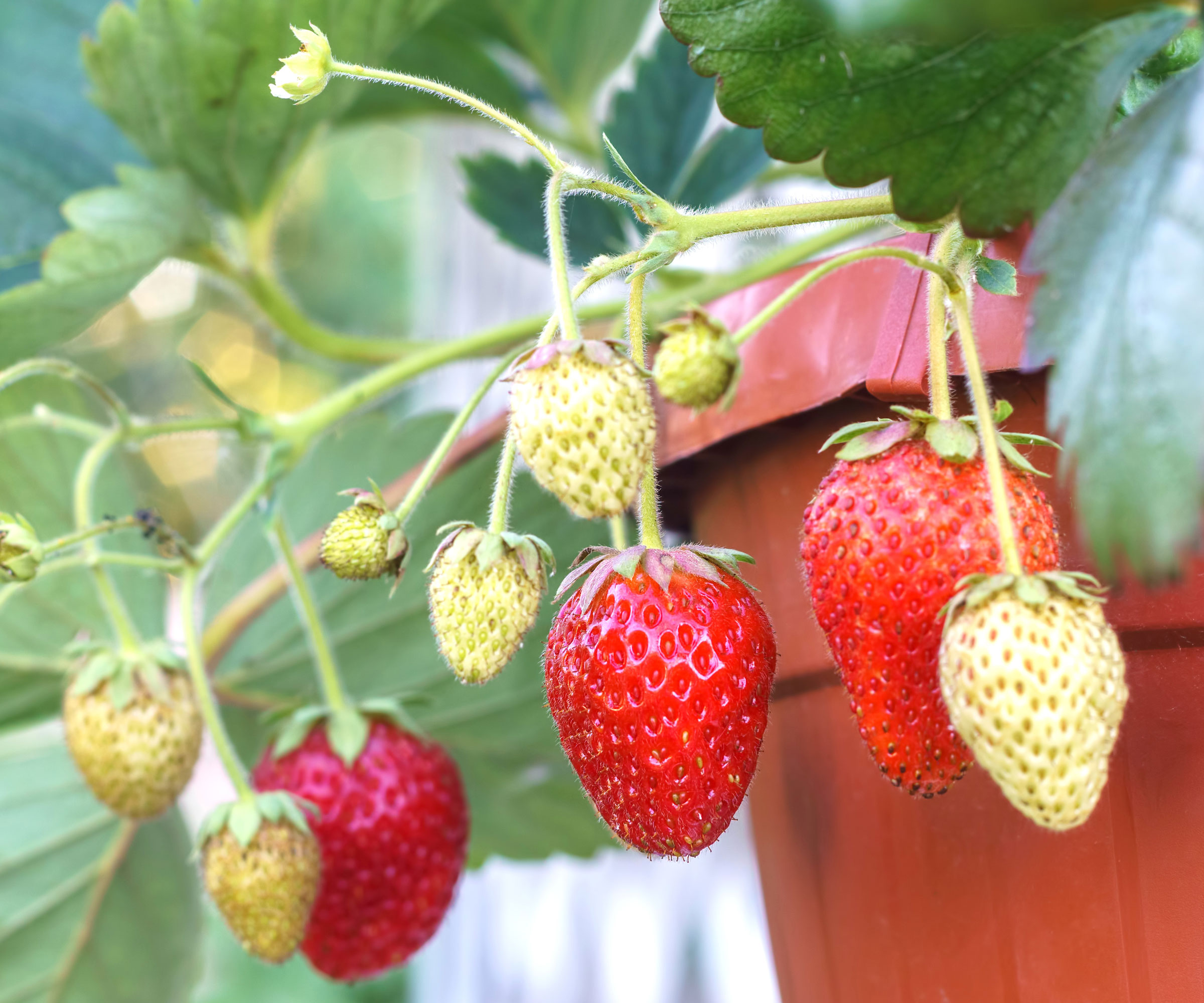
First, consider the variety of strawberries you’re growing and how long they will take to grow. You’ll get the most out of varieties suited to your growing area. You can also choose types developed to produce a larger or more extended harvest. However, the one thing guaranteed to extend yield over a longer period is to grow a mix of different strawberry varieties – this will generate overlapping harvest times for more continuous berries. Grow a mix of these types to make a strawberry harvest last longer.
- June-bearing strawberries: These produce a June-early July harvest, but the yields are higher than those of the other two types. Options include ‘Earliglow’, ‘Honeoye’ and ‘Surecrop’ strawberries.
- Day-neutral strawberries: These are a must if you want to harvest more berries. These varieties can potentially produce throughout the entire season, although they don’t have the biggest harvest. Excellent options for fall potential include ‘Evie 2’, ‘Toscana’ and ‘Portola’ strawberry varieties.
- Everbearing varieties: These give you two harvests, one in early summer and another in early fall. Reliable everbearing options for fall fruiting include ‘Malling Opal’,’Albion’, ‘Ozark Beauty’, ‘Eversweet’ and ‘Seascape’ varieties.
2. Optimize the Growing Space

Proper planting and care for strawberries ensures healthy growth and a good harvest, so take the time to do it right. The best site for strawberries is one in full sun and with soil that is neutral or slightly acidic, and which drains well. Prepare the soil in advance, adjusting the soil pH or adding compost if needed. If you’re ever in doubt, it’s wise to test the soil using a soil meter like the Raintrip 4-in-1 Meter from Amazon, which also tests for nutrient and moisture levels.
Another good way to optimise the growing space and ensure the longest possible growing period (and therefore the most chance to extend the strawberry harvest) is to grow your strawbs in a polytunnel, greenhouse, or cold frame. Low tunnels keep strawberries warm for longer, protect from rain and, as an added bonus, they help you protect plants from disease. This keeps plants healthier and encourages a good long harvest.
Try the Tierra Garden Haxnicks Easy Poly Tunnel Garden Cloche from the Haxnicks Store, available from Amazon, in standard and giant sizes. This is good for regulating warmth, while allowing you to tweak ventilation.
3. Pinch Off Early Flowers
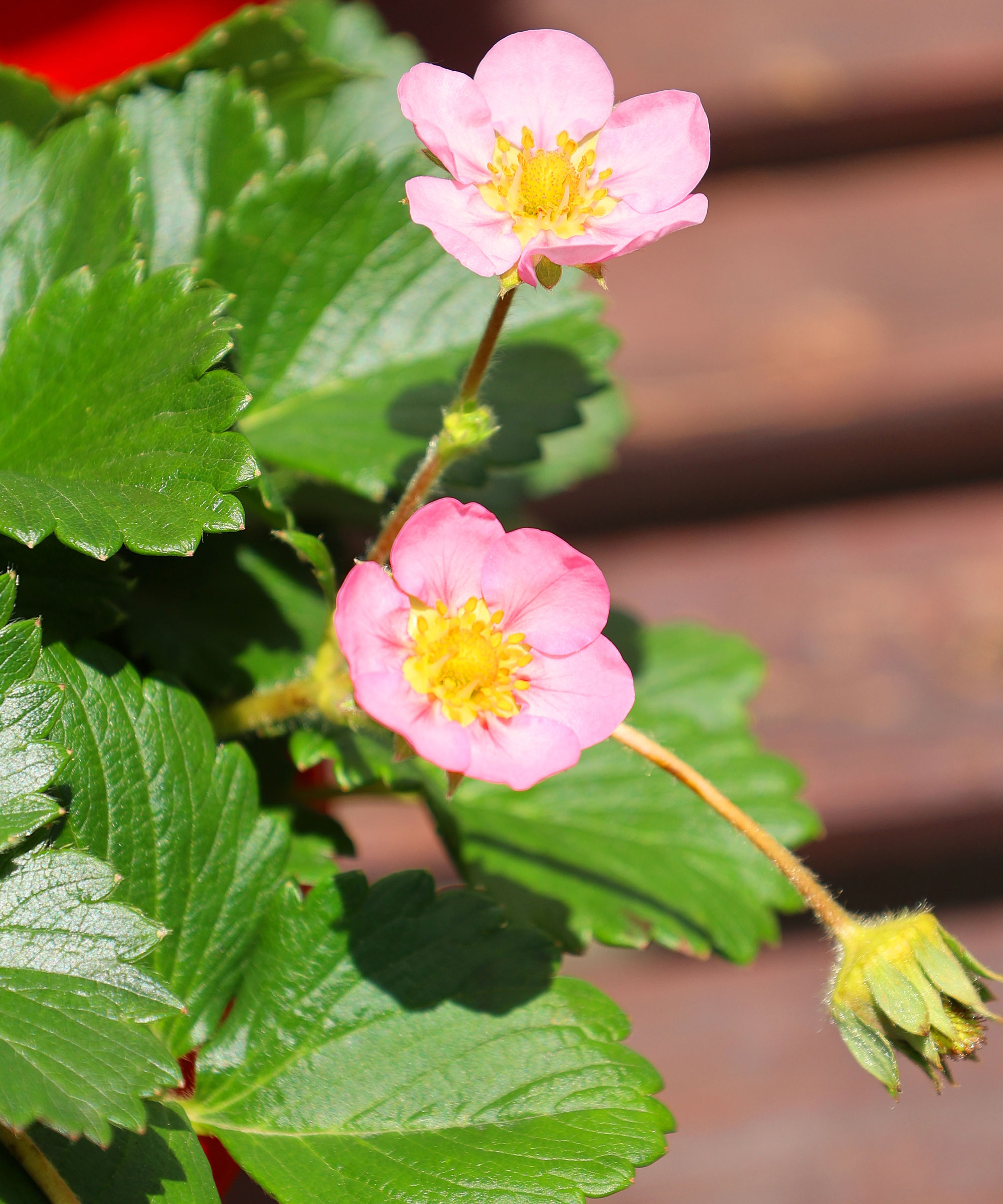
Although it seems counterintuitive, you’ll be increasing your future strawberry yield if you are willing to pinch off the first flowers that appear on your strawberry plants. This is admittedly a tough thing to do – especially if you’ve been patiently waiting for signs of activity and got excited by the appearance of the blooms.
Sign up for the Gardening Know How newsletter today and receive a free copy of our e-book "How to Grow Delicious Tomatoes".
However, a little fortitude now is really important to the overall health of your strawberry plants. Pinching off is a clever practice, irrespective of variety. Doing this encourages the plant to put energy into developing its roots and leaves. Although it may not feel like it straight away, it will boost the resultant berry yield later.
The advice for June-bearing varieties is particularly tough – if you’re serious about wanting to grow more strawberries later, the advice now is to remove all flowers in the first flowering season. For everbearing and day-neutral varieties, you just need to remove the first flush of flowers, then you can let the rest develop into fruit.
4. Water & Weed Constantly
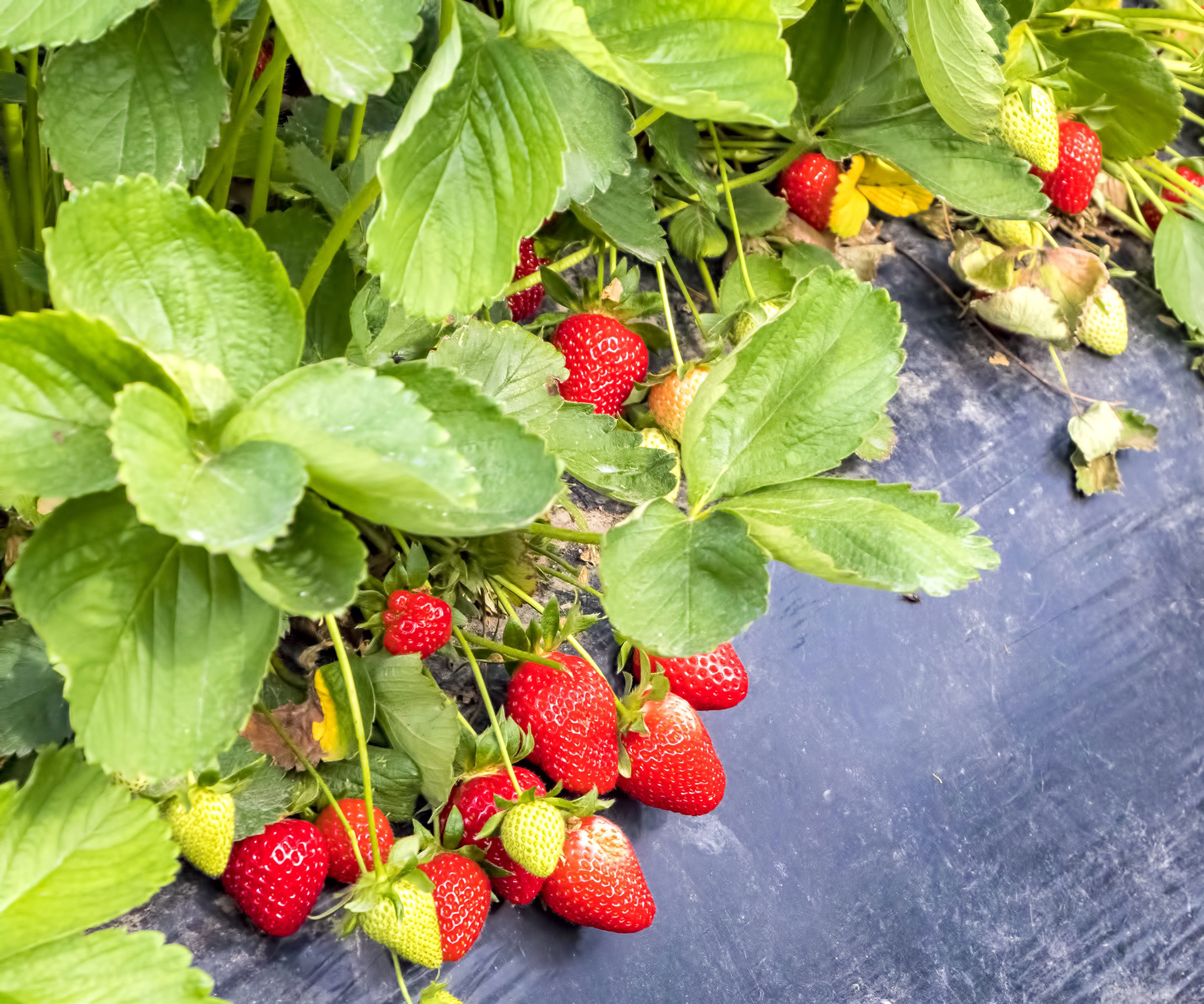
Because they have shallow roots, your strawberries will need to be watered regularly. Keep in mind that containers and hanging strawberry baskets will dry out more quickly. Container-grown strawberries should be watered daily. For bed-based growing, you can use mulch to keep more moisture in the soil. The Gardening Know How Team loves Back to the Roots’ Organic Mulch, available from Amazon, which gives excellent moisture control and also helps keep weeds to a minimum.
Speaking of weeds, these can be an issue over summer, and if you are not careful they will compete with plants for nutrients and water. Strawberries are particularly poor competitors and can let several common garden weeds run rampant if left unchecked. Get a handle on weeds early in the season and keep pulling them out as necessary. As another option, lay down a weed suppressing fabric like ExtraEasy’s Weed Barrier, also available at Amazon. Don’t forget to keep strawberries producing with a careful application of nitrogen-rich fertilizer every few weeks.
5. Harvest & Store Properly
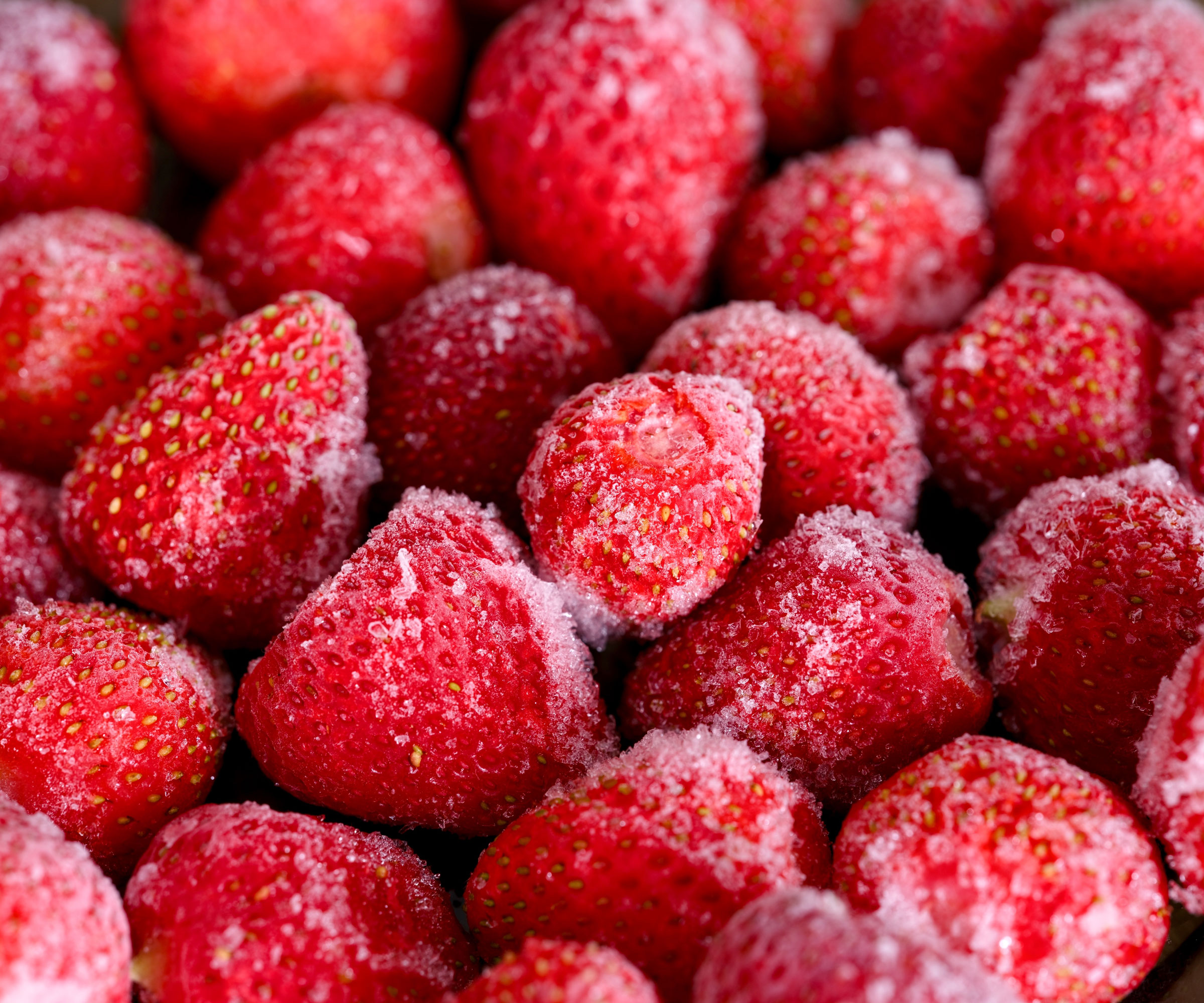
Critters in the garden will want to eat your strawberries, reducing your harvest. If you want to keep harvesting strawberry plants for longer, keep an eye on them as the berries begin to ripen and harvest them in a timely manner. Strawberries are ripe when they are uniformly red, shiny and firm (but not hard). Harvest times vary by type of strawberry, but also by region. Check plants regularly for ripe berries as soon as they begin to appear.
Finally, you can make a strawberry harvest last longer by storing them for fall and winter. Fresh berries should be stored in the refrigerator and not washed until just before you eat them. Store your harvests wisely. Freezing is an easy option for long-term storage. Wash and dry your berries, remove stems and leaves, and spread the berries out on a parchment-lined baking tray, then place them in the freezer. Once they’re solidly frozen, store the berries in zip-top freezer bags. They should be good for up to a year. The Hefty Store’s Hefty Slider Freezer Bags, available from Amazon, are great for bulk-freezing fruits.
Frequently Asked Questions
Which Strawberry Plants Grow Fruit the Longest?
In terms of continuous fruit production, day-neutral strawberries produce fruit for the longest period of time. Everbearing plants are also capable of producing fruit in the fall – the difference is that day-neutral varieties tend to produce fruit in small bursts on a continuous basis, whilst everbearing strawbs have two distinct fruiting stages in the year. Day-neutrals flower and produce berries as long as temperatures are warm enough.
Which Strawberry Plants Grow Fruit Into Fall?
Day-neutral strawberries can keep producing fruit into fall as long as the temperatures are warm enough. Ever-bearing varieties also produce in the fall – they have two distinct fruiting phases, once in early summer and once in early autumn. There are a few other factors to keep in mind, like soil conditions, USDA regional zones, any extremes of weather, pests and disease – but as long as there are no obvious impediments, these varieties have the potential to fruit into the fall.
When should you start growing strawberries?
A good way to extend the strawberry harvest is to get started as soon as you can. Depending on your variety, and the method of propagation you use, you can start plants in early spring or late summer. Of course, you will be limited by your particular climate and the weather, but you can take steps to work around that. For example, cold frames, row covers or tunnels allow you to plant strawberries outside earlier than the weather would typically allow. This gives you and your plants a head start on the season.

Mary Ellen Ellis has been gardening for over 20 years. With degrees in Chemistry and Biology, Mary Ellen's specialties are flowers, native plants, and herbs.
